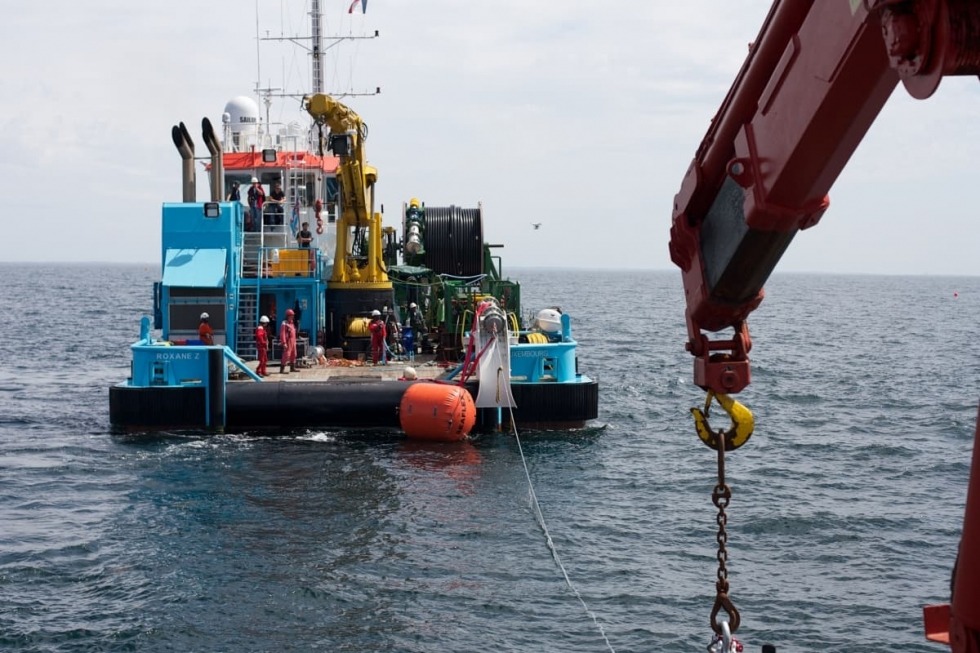In the past three months, the EU’s FloatGen floating wind project has operated at close to 60% of its maximum capacity, providing additional evidence of the offshore technology’s potential to generate high and consistent output from deepwater sites.
The 30MW Hywind Scotland array, installed in the North Sea by Equinor in 2017, produced power at a 57.1% capacity factor through 2021. It was the region’s first commercial array. The 2MW Vestas turbine connected to a BW Ideol “damping pool” platform set a new record, adding to data gathered over a year on the array.
FloatGen is dependable and efficient
Paul de la Guérivière, CEO of BW Ideol, stated that FloatGen continues to produce remarkable results in terms of dependability, efficiency, and output. Even in the roughest settings, the device’s performance continues to demonstrate the benefits of our special floating wind technology.
This consistent performance, high availability, and therefore high capacity factor highlight the advantages of floating wind and its capability to catch the best wind resources without depth restrictions, helping to create much-needed energy resilience in the process.
About FloatGen performances
At its test site off Brittany, FloatGen, installed five years ago, has worked in winds exceeding 37 m/s, or over 135 km/h (85 mph), and waves greater than 10 m in height while moored in 33 m of water. The unit reached the 25GWh total production milestone in January, a few weeks after Atlantic storm Gerard passed through.
Along with testing the production of floating wind energy, FloatGen has also held tests of technology like nacelle-mounted “wind reading” Lidar, hydrogen generation, and planning for helicopter rescue scenarios.
Floating offshore wind projects will account for approximately 15%
The BW Ideol platform is being considered for a number of multi-gigawatt international floating wind projects, including those being built in Scotland, France, the US, and Japan, where the 1GW Buchan project is being built as part of the Floating Wind Allyance. In addition, the BW Ideol platform has already installed its 3MW Hibiki pilot unit off of Japan.
According to consulting firm DNV, floating projects will account for approximately 15% of all offshore wind deployment planned for switch-on by the middle of the century, or roughly 264GW of the 1,750GW planned to be installed.
How does floating wind’s “high power” works?
Floating wind turbines use a floating platform instead of a traditional tower to support the wind turbine. This allows placing the turbine in deeper waters where the wind is stronger and more consistent, leading to increased power generation compared to traditional land-based wind turbines.
Engineers anchored the floating platform to the seabed, and to the platform by a mast or tower connected the wind turbine to the platform.
The high power of floating wind turbines comes from the combination of their ability to access stronger and more consistent winds in deeper waters and their larger size, which allows them to generate more energy.

